CHAPTER 1
Introducing WordPress
Choose a Version of WordPress
WordPress comes in two versions: a fully managed and hosted version at WordPress.com, and a self-hosted, self-managed version you can download at WordPress.org. Which version is best for you depends on your current and future needs, so it is important to understand the goals and requirements of your website.
It is possible to move your content from one version to the other, so you can change your mind later. But as you will see, it would mean giving up different kinds of functionality.
About WordPress
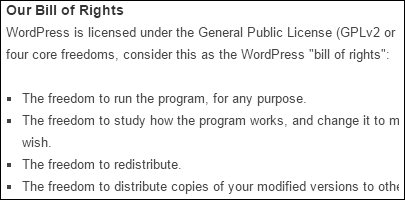
WordPress is open-source software, meaning anyone can download it, use it, and change it, generally for free and with few restrictions. It has been around since 2003 as a program for self-hosted sites, and this book uses version 4.1. The organization that developed around the software, WordPress.org, later started WordPress.com for people who did not want to host their own sites.
Why WordPress?
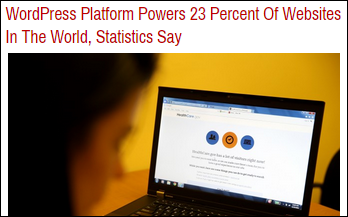
What separates WordPress from other free blogging or content management tools is the size of the community. Yes, it is easy to use, but more importantly, so many people use WordPress that the number of resources available far outstrips any other platform. Whether it is troubleshooting an installation, helping with your design, or needing added functionality, it is easy to find a free or paid solution.
WordPress.com — Managed Hosting

WordPress.com provides hosting for your site and takes care of all updates. It offers a good selection of designs and a useful set of functions, such as forms, social sharing, polls, and more. WordPress.com is constantly adding to its list of designs and functions, but you cannot add your own.
WordPress.org — Self-Hosted
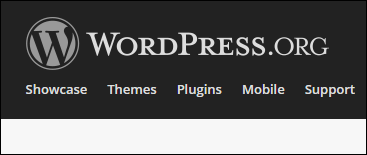
WordPress.org provides you with software that you then need to host, set up, and maintain. None of these tasks is difficult, but they do require time and/or money. The tradeoff for doing everything yourself is that you can customize WordPress in virtually limitless ways: Make it look exactly the way you want, using free, paid, or custom themes, or add as many functions as you want using free, paid, or custom plugins, which are small programs you literally plug in to the core software.
Key Differences: Design
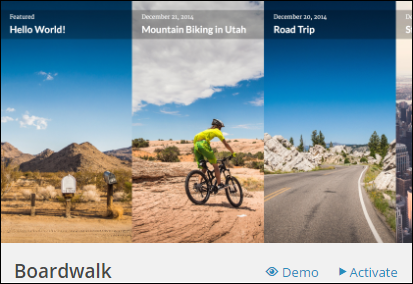
WordPress.com offers a good selection of free or paid themes to make your site look good. There is even a paid option that allows you to tweak your theme to get exact colors and so on. Wordpress.org, on the other hand, allows you to put in any theme you want, and thousands of free and paid themes are available. You can even create your own theme from scratch, or modify an existing theme as much as you want.
Key Differences: Functionality
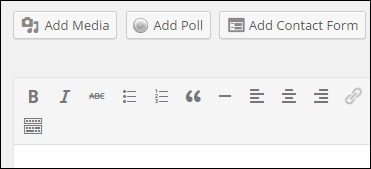
WordPress.com has good basic functionality built in, such as the ability to create a contact form, share your site on social media, and more. But your site is limited to whatever is currently offered. WordPress.org allows you to add as much functionality as you want using plugins. You can choose from more than 50,000 free and paid plugins, or you can create your own.
Key Differences: Ads
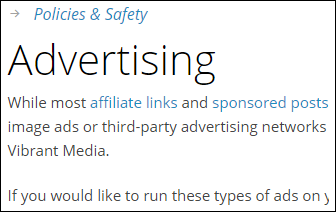
WordPress.com allows affiliate text links and sponsored posts, but no image ads or ad networks (unless you join its in-house ad network). Also, unless you pay to have them removed, WordPress.com may place its own ads on your site. With a WordPress.org site, you have complete control over the type and amount of advertising you place on your site.
Key Differences: Cost
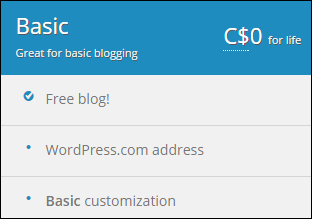
WordPress itself is free, whether you download it to self-host or sign up for a WordPress.com account. The difference in cost is that WordPress.com offers a small number of paid features, such as using your own domain name, customizing the look of your theme, or enabling e-commerce. For WordPress.org sites, you need to pay for a hosting account, but beyond that, any costs would involve paid themes or plugins or hiring someone to do custom work.
Key Differences: Support

Both WordPress.org and WordPress.com offer free support in documentation and in forums. WordPress.com offers its own paid support service; Wordpress.org users can get additional support through paid themes or plugins or third-party support services.
Choose a Site Topic
Being clear in your mind about your site’s purpose and audience means you are more likely to communicate that information both to visitors and to search engines. Clarity about your site means you also understand what theme and what plugins you will need for WordPress. Following are some example types of sites to help you focus what your site is about and what it is intended to accomplish.
Personal Sites

Whether you want to focus on a hobby or a broad range of personal interests, a blog can be a great way to share your thoughts as well as your images and videos.
Organization Sites

A website is the perfect way for any organization, large or small, to get the word out to the public and help members stay in touch.
Business Sites — Information

Websites that explain what a company does and invite visitors to make contact in various ways are the most common type of business site. Using WordPress posts, you can keep visitors up to date on company and industry news.
Business Sites — E-Commerce

Whether you offer a couple of services or a large catalog of items, selling directly from a website is a powerful tool for many businesses. There are many ways to make your WordPress site an e-commerce site, including a paid package on WordPress.com.
Author and Artist Sites

A website is the perfect way for authors and artists to showcase their work (and even sell them directly). In the case of authors, you may want to have a separate website for individual books or series, and for artists you could even have a separate site for a particular exhibit.
Directory Sites
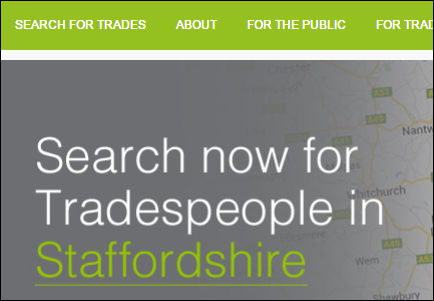
Helping people find things on the Internet or in the real world is a valuable service. Creating a directory site is a great way to organize and present information.
Instructional Sites

Websites that focus on providing courses or other types of instruction have become increasingly popular. They may be free or paid or a combination of the two. Payment is usually taken in the form of a membership for a period of time.
Entertainment Sites
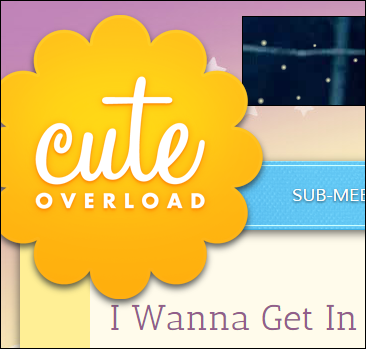
Creating a website that entertains is a great way to draw a lot of visitors and either sell something related to the entertainment, or sell advertising if you have very high numbers for a particular audience. For example, you might produce an online graphic novel series that appeals to young adults, or develop a set of animated games that help kids learn as they play.
Understand WordPress and Website Terms
Learning a few WordPress and website terms before you dive in makes the process easier to follow.
Posts versus Pages
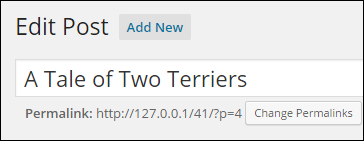
WordPress has two main types of content: posts and pages. Posts are pieces of content which get grouped together into categories, such as press releases. New posts are constantly being added. WordPress pages typically are used for singular content which changes very little, such as the history of a company or the description of a service. Do not confuse a WordPress page with a website page. Individual WordPress posts, for example, are displayed as web pages.
Plugins
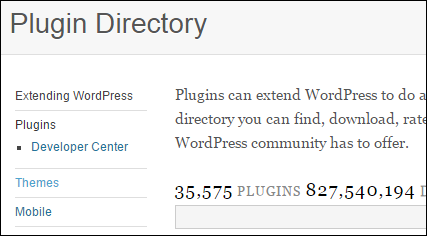
A plugin is a piece of software that you literally plug in to WordPress to add new functionality. A form plugin, for example, would allow you to add a contact form to your site. At WordPress.com, a very limited, but useful set of plugins is built in to the system, whereas with WordPress.org you can choose from tens of thousands of possible plugins.
Themes
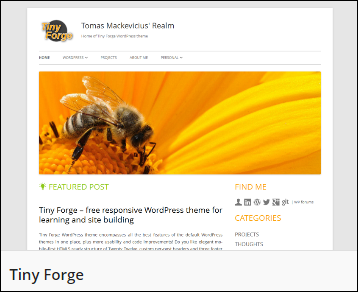
A theme is a piece of software that determines not only the look of your WordPress site, but to some extent the functionality. A theme controls the layout, colors, typography, and graphics for the design, but it could also add, say, the ability to put testimonials on your site or display a portfolio of your work.
Widgets
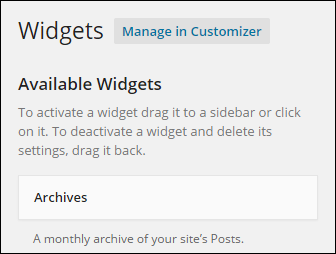
A widget is content or functionality you can add to your site, usually somewhere outside the main content area, such as in a sidebar or the footer. For example, widgets can display your most recent posts or connect to your social media accounts and display your latest activity there.
Dashboard
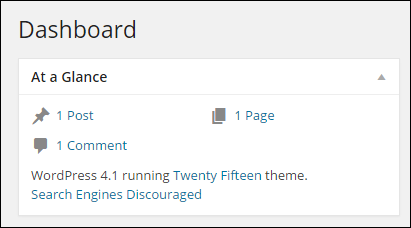
The dashboard is the home page of the WordPress administration area. It offers an overview of your site content, and provides notifications of pending comments, draft content, and news from the WordPress community.
Media Library
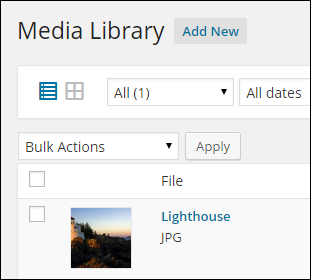
Every media file you upload to WordPress (images, documents, video, and so on) is listed in the media library. From there you can edit, delete, select, and insert media files.
CSS
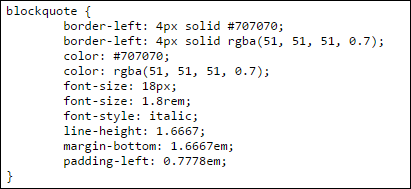
This stands for cascading stylesheet, which is the primary way of controlling the look of a website. Stylesheet rules can govern the elements of HTML as well as specially named classes and IDs.
SEO
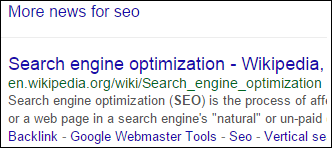
This stands for search engine optimization. Anything that helps search engines find, index, and rank web pages can be called an SEO technique — for example, making sure your page title and content use the same keywords.
Plan Your Site’s Content
Planning your site’s content consists of two stages: the initial site launch and the ongoing addition of material. Some of these suggestions apply to both.
Focus

Every web page needs to have a clear focus. A contact page should not go into your company history, for example. If you offer three distinct services, then have at least one page for each. Several posts may belong to the same category, but they should each have a clear focus distinct from the others.
Make It Easy to Find
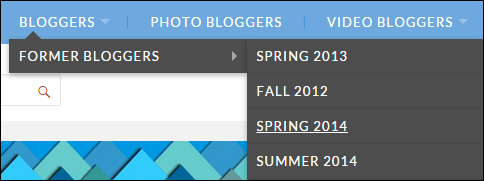
Part of content planning is mapping out how visitors will find the content. A clear navigation structure is crucial. If you have more than a few web pages, you need to organize the menu so that it shows an overview of your site, with submenu items that lead to more details within each area. Linking to your own material is also very helpful to visitors. If you write about prepping your garden for winter, include a link to a post you wrote the year before about how to protect plants from frost.
Consider Post Length
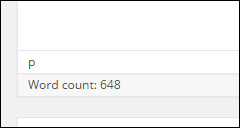
Posts should be only as long as they need to be. In other words, you need to be succinct whether writing 3 paragraphs or 30. Assuming you have a focused topic, say what you have to say as quickly as possible, while still being clear and accurate. If you have anything more than 7 or 8 paragraphs, be sure to ask yourself whether the post is truly focused and whether it could be broken into 2 or more parts.
Be Visual

Images and video are powerful ways of engaging your visitors. In fact, the content on every web page should contain at least one image. Be on the lookout for photo opportunities, even if you are not sure how you would later use the image. Similarly, you should be thinking of videos, no matter how short, that you could record now and use later for content. Consider subscribing to a stock photography site, such as dollarphotoclub.com, if you plan on doing a lot of posting.
Consider Post Frequency
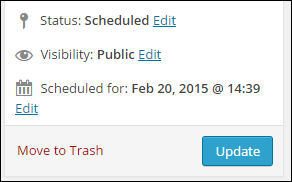
Visitors and search engines want to know that you are still active, so spread out your posts whenever possible. If you have a lot of ideas when you first start your site, do not post them all at once. A good rule of thumb is to post something new at least once every couple of weeks. WordPress has a scheduling feature, so you could write a lot of material at one sitting, but have it publish over a number of weeks.
Create an Editorial Calendar

To help ease the burden of coming up with new content, as well as to target your audience at appropriate times, develop an editorial calendar. Map out important dates and events, both generally (Christmas, summer vacation, and so on) and within your field (trade shows, seasonal issues, and so on).
Link to Other Sites
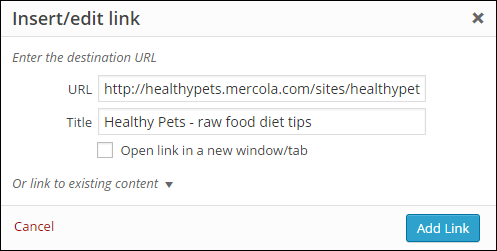
Always be on the lookout for valuable content you can link to. The web is a vast store of information, and helping your visitors find useful or entertaining material is a great way of supplementing your own thoughts. In fact, you can create entire posts out of pointing visitors to a valuable site. But do not just link; summarize or give a quote of what you think is of value and even add your own comments.
Listen and Keep Notes
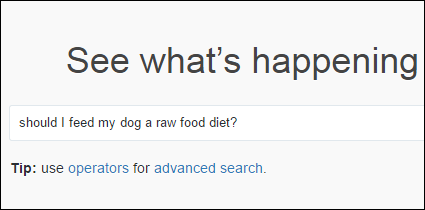
What questions are your customers asking? What topics are your friends discussing on social media? What are your competitors writing about, and how can you offer a new perspective? If you listen to those around you, you will never be short on content, and what you write about will be relevant to your audience. Even if you do not have something to say on the topic right now, make a note of what you heard and save it for those days when you need inspiration.
Research Site Titles
Naming your site well is vital, whether to maintain an existing brand or to create a new one. If you have a product, company, or organization, you already have a focus for your site title. You have more options if the site has no existing ties, but there are still some rules to keep in mind.
Site Title versus Domain
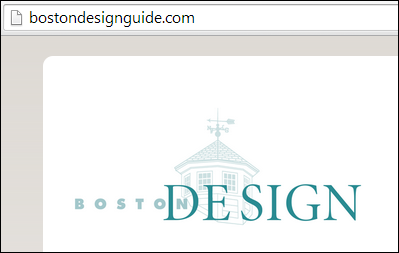
Your site title appears in the header of your web pages. A domain name is the part of a web address that includes .com, .net, .info, or one of the other domain name extensions. You can read about buying a domain name in the next section, “Buy a Domain Name.”
Corresponding Names
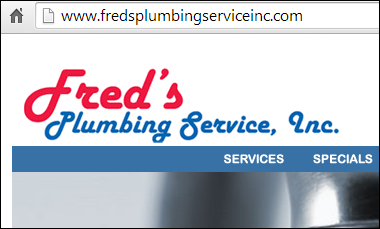
It is important for your site title and domain name to match, or at least to correspond closely, so that people can find you more easily. From hearing the name of your company, organization, or personal blog, people should be able to easily look you up on the web.
Spelling Counts

A domain name that exactly matches your company name is one way to make it easy for people to remember, but what if the name is hard to spell? You can buy a second domain with the incorrect spelling and point it to your site as well. Or avoid the spelling issue by going with a name that focuses on your product or service instead. Shorter is easier, unless you have a memorable, easy to spell, exact match, such as thegreatlittlebreadcompany.com.
Brainstorm Names

If you have an existing company, product, or organization name, stick as closely to that as you can. Consistency is more important than being clever. If this is a new venture or a personal website, then brainstorming is crucial. Focus on what you do or what you are going to write about. If your subject is dogs, start by narrowing the focus: training dogs versus dog breeds versus my dog’s adventures. Start brainstorming from there.
Try for a Unique Name
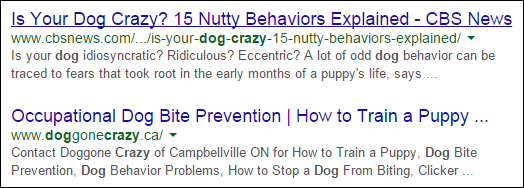
Increase your odds of having a unique site title by typing your proposed title into a search engine, and look for sites that use your title in full or in part. If you are signing up at WordPress.com, it automatically checks if your site title is taken within its system (it also lets you know if the domain of that same name is available).
All the Good Names Are Taken!
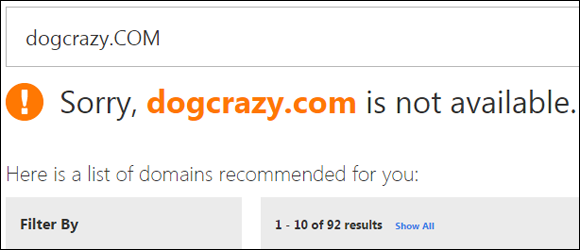
With so many domain names already registered, it can take a lot of creativity these days to find a good one that is available. If your company or product name is fairly unique, you stand a better chance. With more generic names, try adding a location (franksplumbingportland.com) or additional relevant words (franksplumbingservice.com) or get clever (callfrankforplumbing.com). You can get help at sites such as panabee.com, bustaname.com, or dotomator.com, which also tell you when related domain names are taken or available.
Avoid Duplication
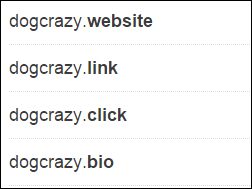
Aside from possible legal issues, using the same site title as someone else or registering a domain with the same name but different extension just does not make any sense. Why run the risk of visitors confusing your site with someone else’s?
Buy a Domain Name
If you are self-hosting your site, you need a domain name. WordPress.com has a paid option for using your own domain instead of yoursitename.wordpress.com.
Domain names can be registered for one or more years through what are called registrars. Although most hosting companies are also registrars, the functions are entirely separate. In other words, you do not have to register your domain through your hosting company.
Buy a Domain Name
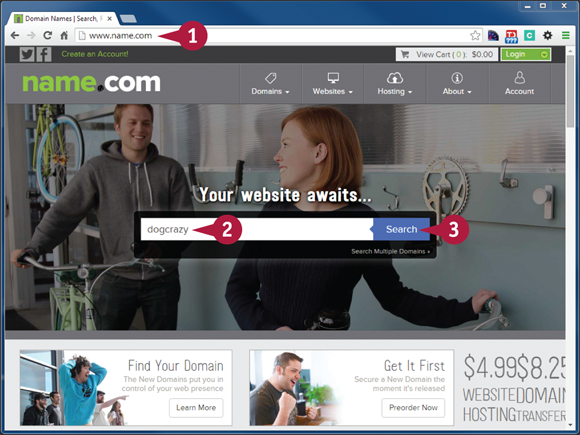
![]() Go to
Go to www.name.com in your web browser.
Note: This site is one of many where you can search for and buy domains. Your web host may give you a discounted price.
![]() Type the name of your proposed domain in the field.
Type the name of your proposed domain in the field.
![]() Click Search or press
Click Search or press ![]() .
.
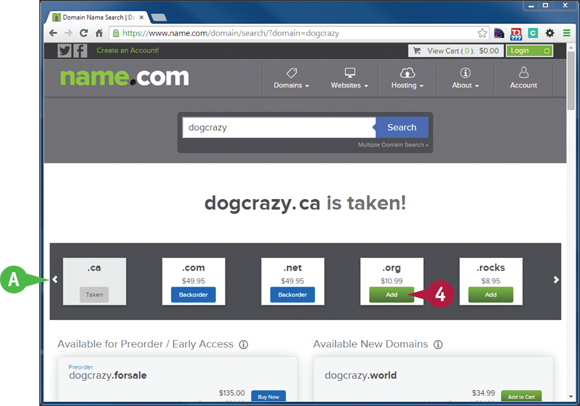
![]() Domains with the name you searched appear in a scrollable strip near the bottom of the screen. Those already registered are marked Taken. Domains registered to someone else who is selling them at premium prices are labeled Premium.
Domains with the name you searched appear in a scrollable strip near the bottom of the screen. Those already registered are marked Taken. Domains registered to someone else who is selling them at premium prices are labeled Premium.
Choosing Backorder means the registrar will try to snag the domain for you when its registration expires.
Suggested alternative domain names appear farther down on the page.
If none of the available or suggested domain names satisfies you, repeat steps 2 and 3 until you find one you want.
![]() When you find a domain you want, click Add to add it to the cart.
When you find a domain you want, click Add to add it to the cart.
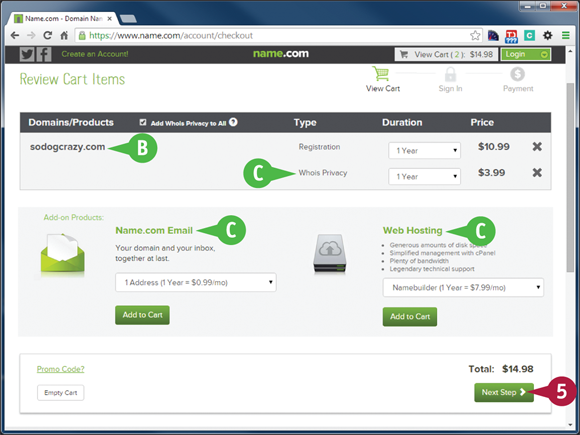
![]() The cart displays the domain you chose, and any additional domains if you chose multiple names.
The cart displays the domain you chose, and any additional domains if you chose multiple names.
![]() Most registrars also offer additional features, such as privacy, email, and even hosting. None of these are required for registering a domain.
Most registrars also offer additional features, such as privacy, email, and even hosting. None of these are required for registering a domain.
![]() After you have added or removed items from your cart, click Next Step.
After you have added or removed items from your cart, click Next Step.

A new web page opens.
![]() If you are an existing customer, you can log in here, or if this is your first purchase, create an account.
If you are an existing customer, you can log in here, or if this is your first purchase, create an account.
![]() Proceed through the remaining screens until your registration and purchase are complete.
Proceed through the remaining screens until your registration and purchase are complete.
Note: If you register more than one domain over time, be sure to use the same registrar each time; it will save you a lot of potential headaches.
